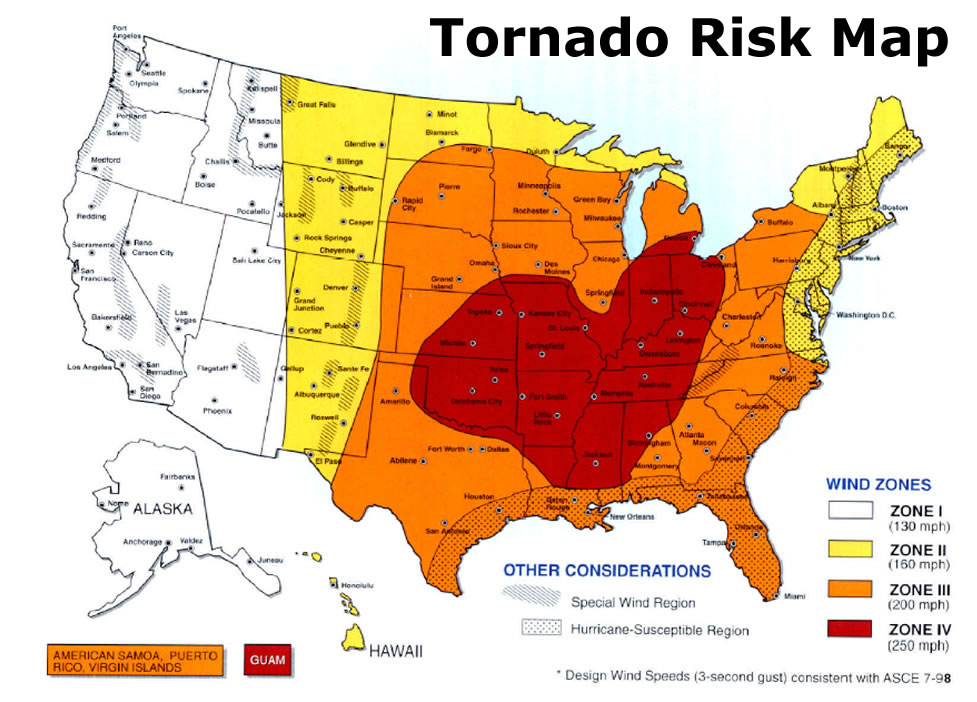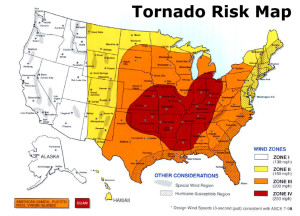If It’s March, It Must Be Tornado Season
It’s March and that means spring will be here in just a few weeks. For many areas of the United States, however, that doesn’t just mean one last snow fall, lots of rain, the first fresh foliage, and, perhaps, even warmer weather. March also means the start of tornado season. Tornadoes are an interesting phenomenon. Often, […]

It’s March and that means spring will be here in just a few weeks. For many areas of the United States, however, that doesn’t just mean one last snow fall, lots of rain, the first fresh foliage, and, perhaps, even warmer weather. March also means the start of tornado season.
Tornadoes are an interesting phenomenon. Often, they are small and pass so quickly, you might wonder if you were seeing – or maybe hearing – things. But then other times, they destroy entire towns and devastate communities for months and even years.
When I think about tornadoes, it often occurs to me what an example they are of the difference between predictions and probability. The probability of their occurrence across much of the Midwest is enormous. However, the predictions of how severe a storm season will be don’t always match that probability. This year, it’s predicted that there will be an uptick number of tornadoes across the United States. On average, about 1,300 tornadoes occur nationwide each year. However, during the last three years, about 900 tornadoes have occurred annually.
It’s easy to get complacent – either because you have never had to experience the devastation of a storm, or because you have become accustom to the storms passing by. But being prepared is the most important step to an individual, family, or community bouncing back after experiencing a tornado.
That means:
Have a plan. Know where you need to go should a tornado occur, and know what you need to take with you. Food, medicines, water, and identification are all important things to put in one place before a storm occurs. For more about planning and preparing, read the tornado profile on ready.gov.
Organizations that provide relief to tornado areas should preposition supplies and teams strategically across tornado zones. This will allow fast and ready deployment of relief that will kick-start recovery.
Funders should consider options that boost resilience. This might mean advocating for incentives for builders who create homes with reinforced walls, safe rooms, and other resilient building measures.
Later this month, we’ll be hosting a webinar on the many ways new technology is used in disasters, and tornadoes are no exception. Consider some of the following apps for your phone or tablet:
- NOAA Weather Radio – streams emergency radio information and more.
- Tornado by American Red Cross (iPhone) (Android) – how to handle power and water outages in a tornado, along with where to find shelters following a tornado.
- TonadoSpy+ – Up to the minute access to tornado activity, and allows you to upload photos of storm damage.
- Nixle – advisories and information from thousands of emergency responders and storm trackers, along with maps and alerts.
Let us know how we can help you and your organization.
More like this
Hurricanes — This Isn’t Any Rainstorm: Preparation Saves Lives, Livelihoods, and Prevents Destruction

